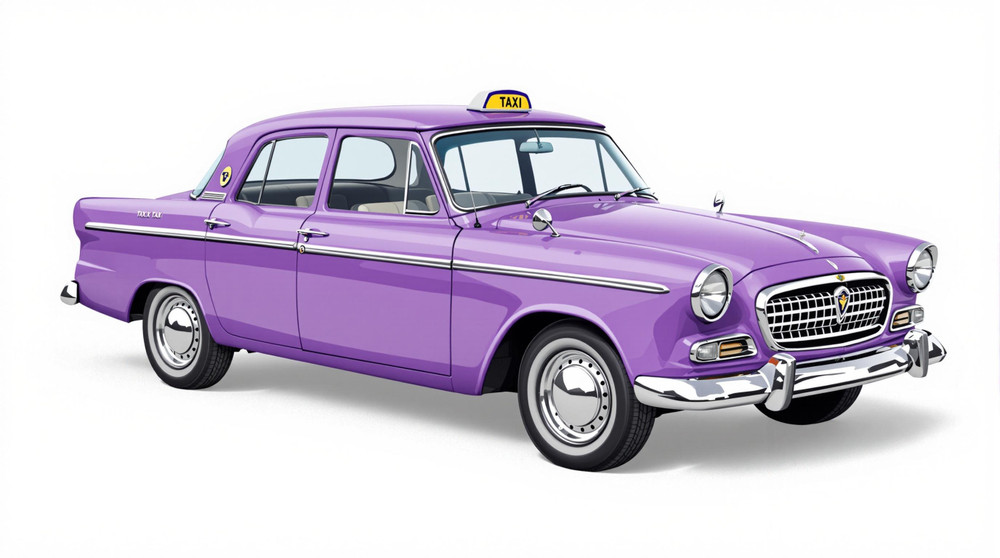Image of 1957 Studebaker Taxi, Note: These illustrations use artistic license and may differ from actual historical models.
Performance Metrics
Fundamental Metrics
Emotional Appeal
MMP Rating
| Engine Specifications | |
|---|---|
| Engine Options: | Studebaker 185.6 CID I6, Studebaker 259 CID V8 |
| Displacement Range: | 185.6 - 259 cubic inches |
| Horsepower Range: | 101 - 180 hp |
| Torque: | 125 - 258 lb-ft |
| Compression Ratio: | 7.0:1 - 8.3:1 |
| Ignition System: | Distributor and coil |
| Cooling System: | Liquid-cooled |
| Performance Specifications | |
| 0-60 Time: | Estimated 15 - 20 seconds |
| 1/4 Mile Time: | Estimated 20 - 25 seconds |
| Top Speed: | 90 - 100 mph |
| Transmission and Drive | |
| Drive Type: | Rear-wheel drive |
| Transmission Type: | 3-speed manual, 4-speed automatic |
| Fuel and Efficiency | |
| Fuel System Type: | Carburetor |
| MPG: | Estimated 15 - 20 mpg |
| Dimensions and Brakes | |
| Brakes: | Drum brakes |
| Wheelbase: | 113 inches |
| Weight: | 3,200 - 3,500 lbs |
Note: Specifications for classic cars are given to the best of our ability, considering the limited and variant data available.
Introduction
The 1957 Studebaker Taxi stands as a testament to an era when practicality and distinctiveness drove automotive design. Born from the innovative Studebaker Corporation, this vehicle is a slice of Americana that ferried countless passengers through the bustling streets of the late 50s. Notably, it was during this time that Studebaker, facing stiff competition, doubled down on its commitment to offering unique vehicles to the market. A standout moment for the '57 Taxi was its cameo in the urban tapestry of period films and photographs, encapsulating the essence of mid-century city life.
Design and Innovation
With its eye-catching profile, the 1957 Studebaker Taxi featured a blend of sweeping lines and robust form. Its exterior styling was both functional and stylish, with a prominent grille and rounded fenders that hinted at both durability and elegance. Inside, passengers were greeted with durable materials designed to withstand the rigors of constant use. The technological features were advanced for its time, including innovations like the hill holder clutch system. While color options were typically more subdued for fleet use, private owners could choose from a palette that included vibrant hues popular in the 50s. Among body styles, the four-door sedan was iconic, offering accessibility and comfort for urban transport.
Historical Significance
The 1957 Studebaker Taxi's impact on automotive design was subtle yet significant. It showcased how utility vehicles could still possess a unique character in an age where conformity was becoming common. This car stood apart from its contemporaries with its blend of style and practicality, leaving a lasting influence on how taxis were perceived – not just as mere conveyances but as integral parts of the urban landscape.
Performance and Handling
Performance-wise, the '57 Studebaker Taxi was built for endurance rather than speed. While top speed and acceleration figures were modest by today's standards, it provided reliable service day in and day out. The handling was tuned for city driving; it navigated through traffic with ease while absorbing road imperfections gracefully. Drivers enjoyed a visceral connection with the car through its responsive steering and the distinctive hum of its inline-six or optional V8 engine.
Ownership Experience
As a daily workhorse, the Studebaker Taxi excelled in reliability and ease of maintenance – crucial factors for taxi operators who depended on their vehicles for livelihood. For modern classic car enthusiasts, owning one is about embracing a piece of history; it's less about performance metrics and more about preserving its narrative.
Fun Facts
This classic taxi has seen its share of limelight with rare editions that featured special trim or equipment packages. Although not known for breaking speed records, it held records of endurance in terms of service life on busy city streets. Despite criticisms over time regarding its conventional underpinnings, it remains an endearing symbol of mid-century automotive culture.
Collector's Information
The current value range for collectors varies widely based on condition and provenance. With production numbers not as high as some mass-produced contemporaries, surviving examples are relatively rare. As interest in unique classic vehicles grows, these taxis have seen a gradual appreciation in value – a well-restored example could fetch a significant sum in today's collector market.
Conclusion
The 1957 Studebaker Taxi encapsulates an era when design distinction met everyday utility on four wheels. It remains an enduring icon that continues to capture the imaginations of classic car enthusiasts and collectors alike – a rolling tribute to Studebaker's legacy in American automotive history.
1957 Studebaker Taxi Catalog of Parts
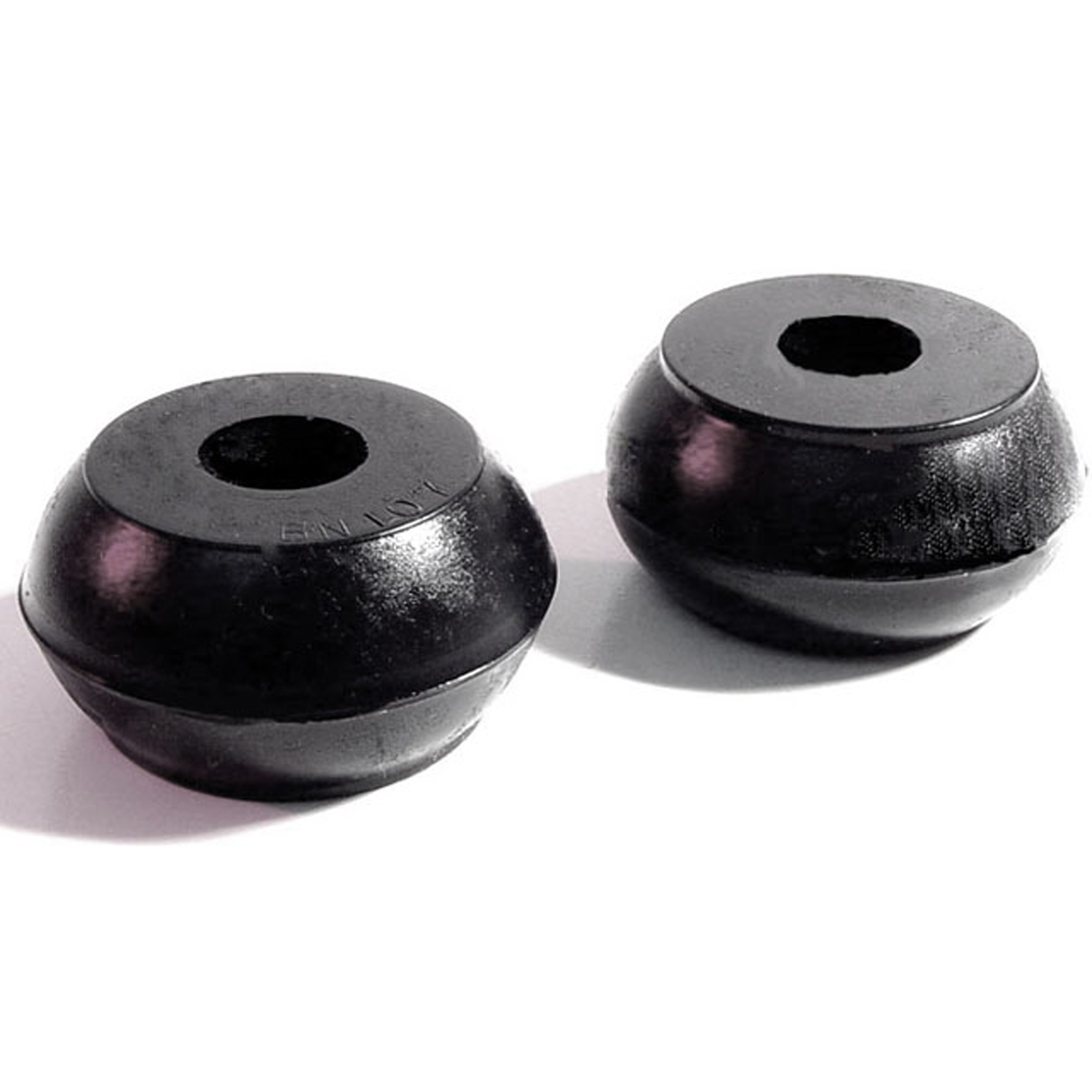 1957 Studebaker Taxi Power Steering Bushing. 1-9/16" O.D., 7/16" I.D. Pair-BN 107Power Steering Bushing. 1-9/16" O.D., 7/16" I.D. Pair
1957 Studebaker Taxi Power Steering Bushing. 1-9/16" O.D., 7/16" I.D. Pair-BN 107Power Steering Bushing. 1-9/16" O.D., 7/16" I.D. Pair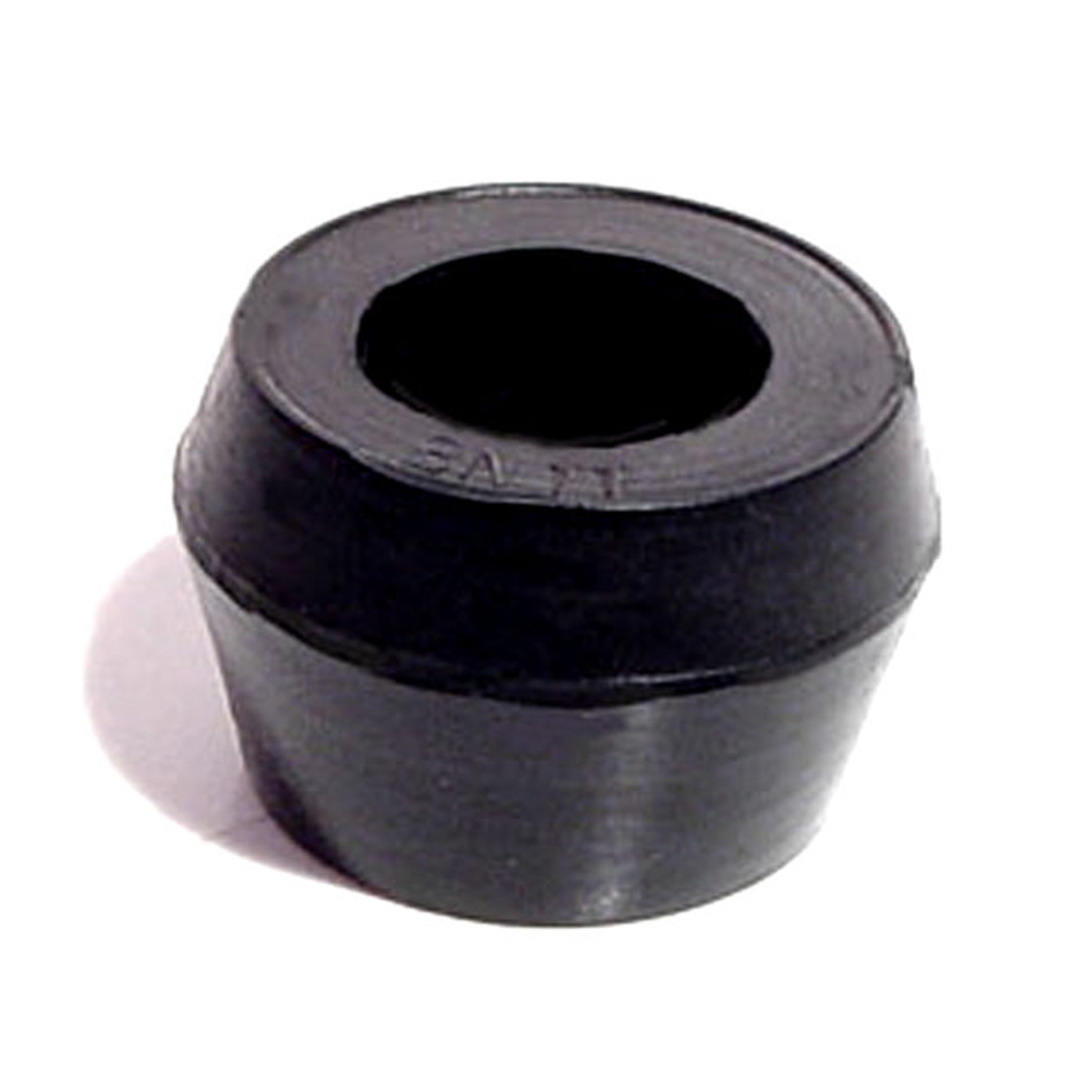 1957 Studebaker Taxi Shock Absorber Grommet. 1" bottom O.D-BN 11Shock Absorber Grommet. 1" bottom O.D., 3/4" high, with 5/8" I.D. Each
1957 Studebaker Taxi Shock Absorber Grommet. 1" bottom O.D-BN 11Shock Absorber Grommet. 1" bottom O.D., 3/4" high, with 5/8" I.D. Each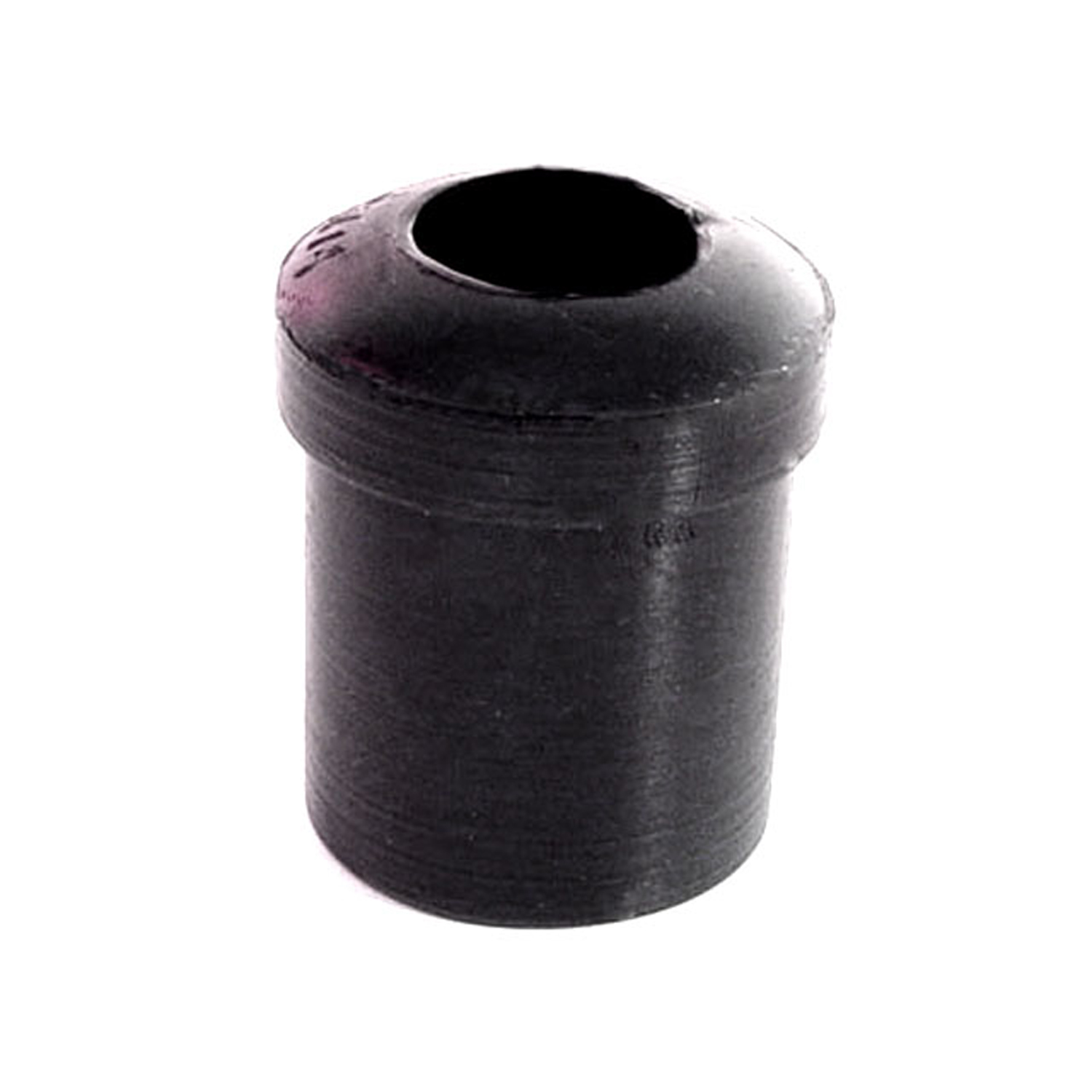 1957 Studebaker Taxi Spring and Shackle Bushing. 1-1/16" bottom O.D-BN 14Spring and Shackle Bushing. 1-1/16" bottom O.D. X 1-1/2" high, with 5/8" I.D. Each
1957 Studebaker Taxi Spring and Shackle Bushing. 1-1/16" bottom O.D-BN 14Spring and Shackle Bushing. 1-1/16" bottom O.D. X 1-1/2" high, with 5/8" I.D. Each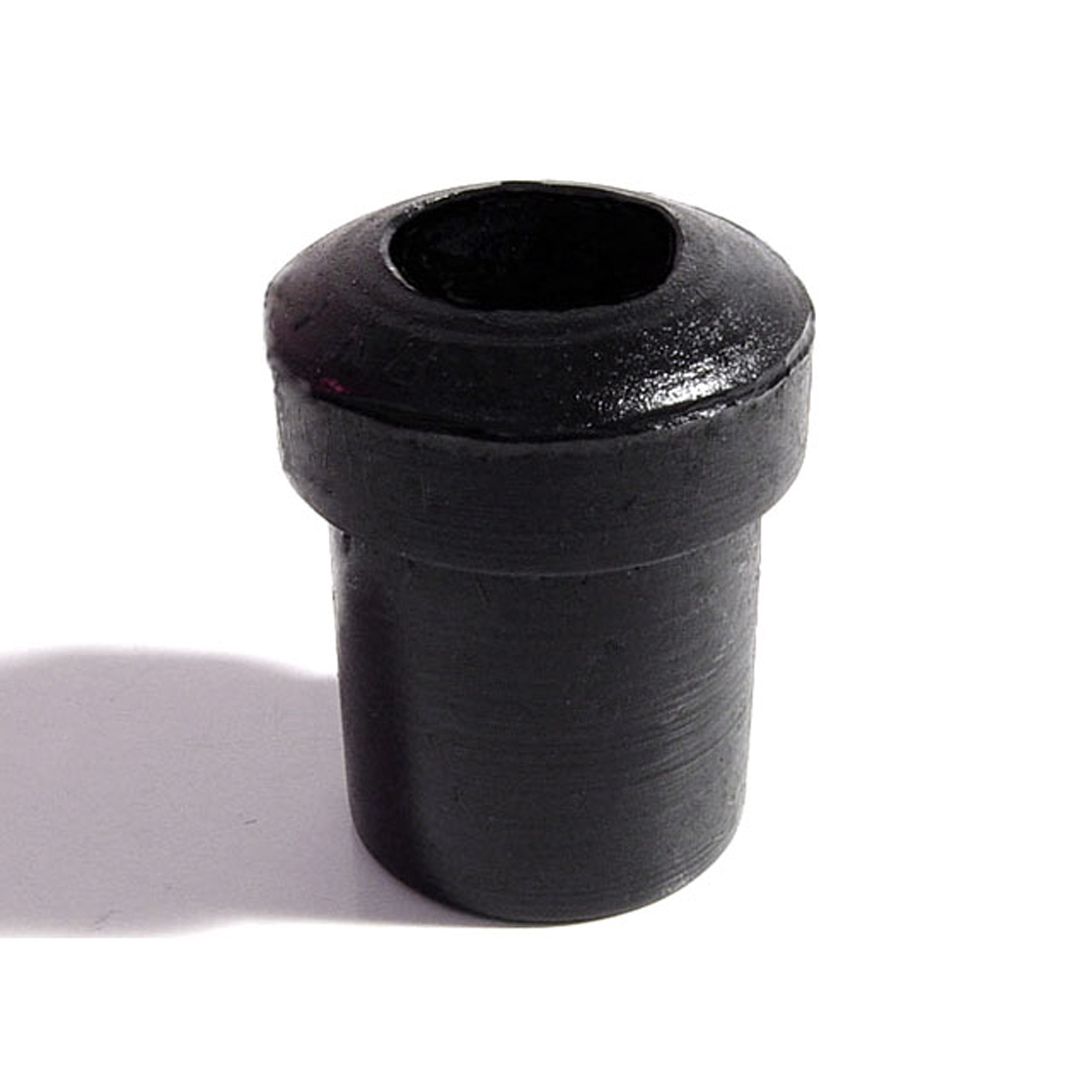 1957 Studebaker Taxi Spring and Shackle Bushing. 7/8" bottom O.D-BN 16Spring and Shackle Bushing. 7/8" bottom O.D. X 1-1/8" high, with 1/2" I.D. Each
1957 Studebaker Taxi Spring and Shackle Bushing. 7/8" bottom O.D-BN 16Spring and Shackle Bushing. 7/8" bottom O.D. X 1-1/8" high, with 1/2" I.D. Each 1957 Studebaker Taxi Gas Filler Grommet. Perfect reproduction. Top 2-1/16" I.D-GF 45Gas Filler Grommet. Perfect reproduction. Top 2-1/16" I.D., 3-7/16" O.D. Each
1957 Studebaker Taxi Gas Filler Grommet. Perfect reproduction. Top 2-1/16" I.D-GF 45Gas Filler Grommet. Perfect reproduction. Top 2-1/16" I.D., 3-7/16" O.D. Each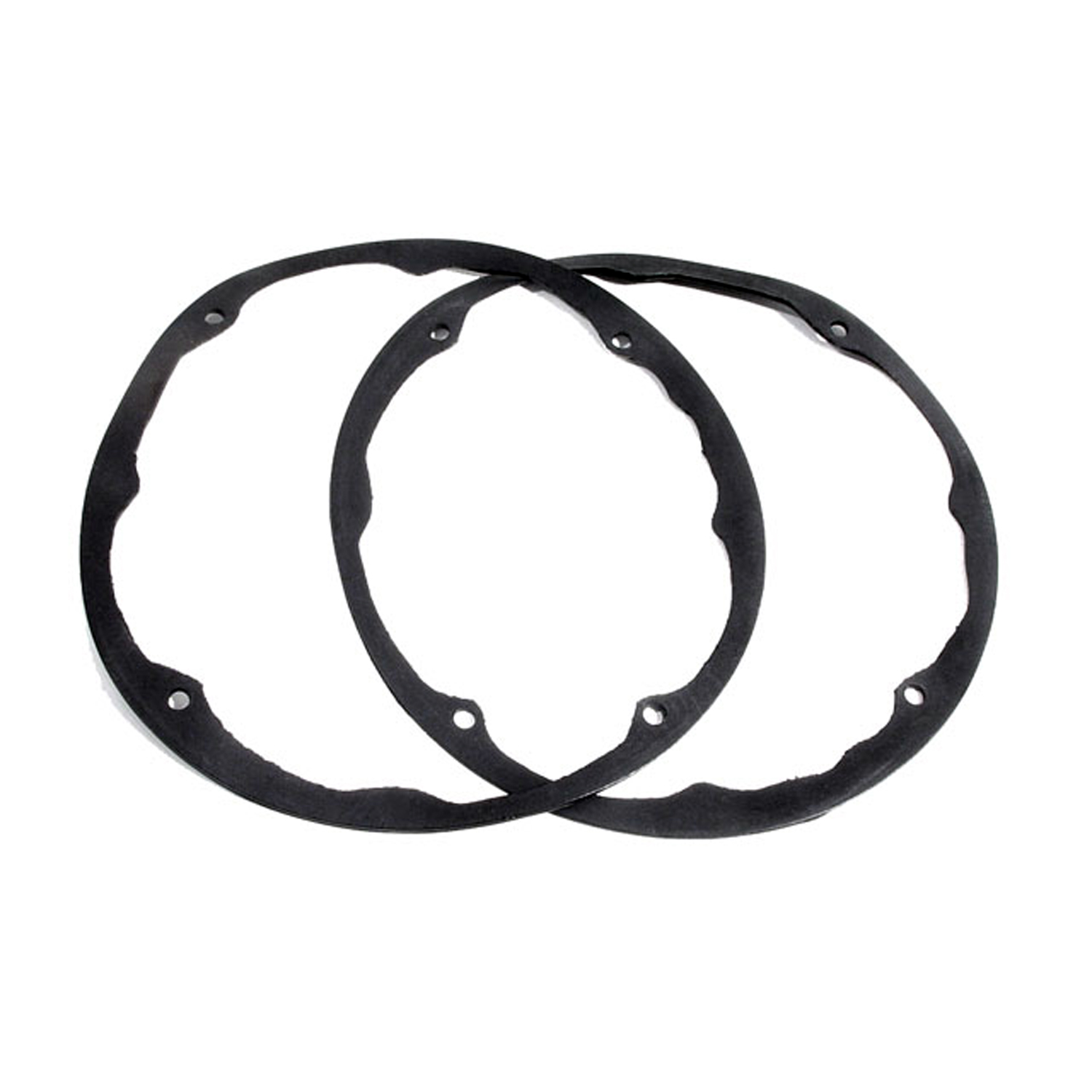 1957 Studebaker Taxi Headlight Ring Seal. 8-5/8" O.D., 7-7/8" I.D. Pair-HR 16Headlight Ring Seal. 8-5/8" O.D., 7-7/8" I.D. Pair
1957 Studebaker Taxi Headlight Ring Seal. 8-5/8" O.D., 7-7/8" I.D. Pair-HR 16Headlight Ring Seal. 8-5/8" O.D., 7-7/8" I.D. Pair 1957 Studebaker Taxi Rubber Seal Behind Fender on Headlights-MP 979-CRubber Seal Behind Fender on Headlights. 8-7/8" wide X 10" long. Pair
1957 Studebaker Taxi Rubber Seal Behind Fender on Headlights-MP 979-CRubber Seal Behind Fender on Headlights. 8-7/8" wide X 10" long. Pair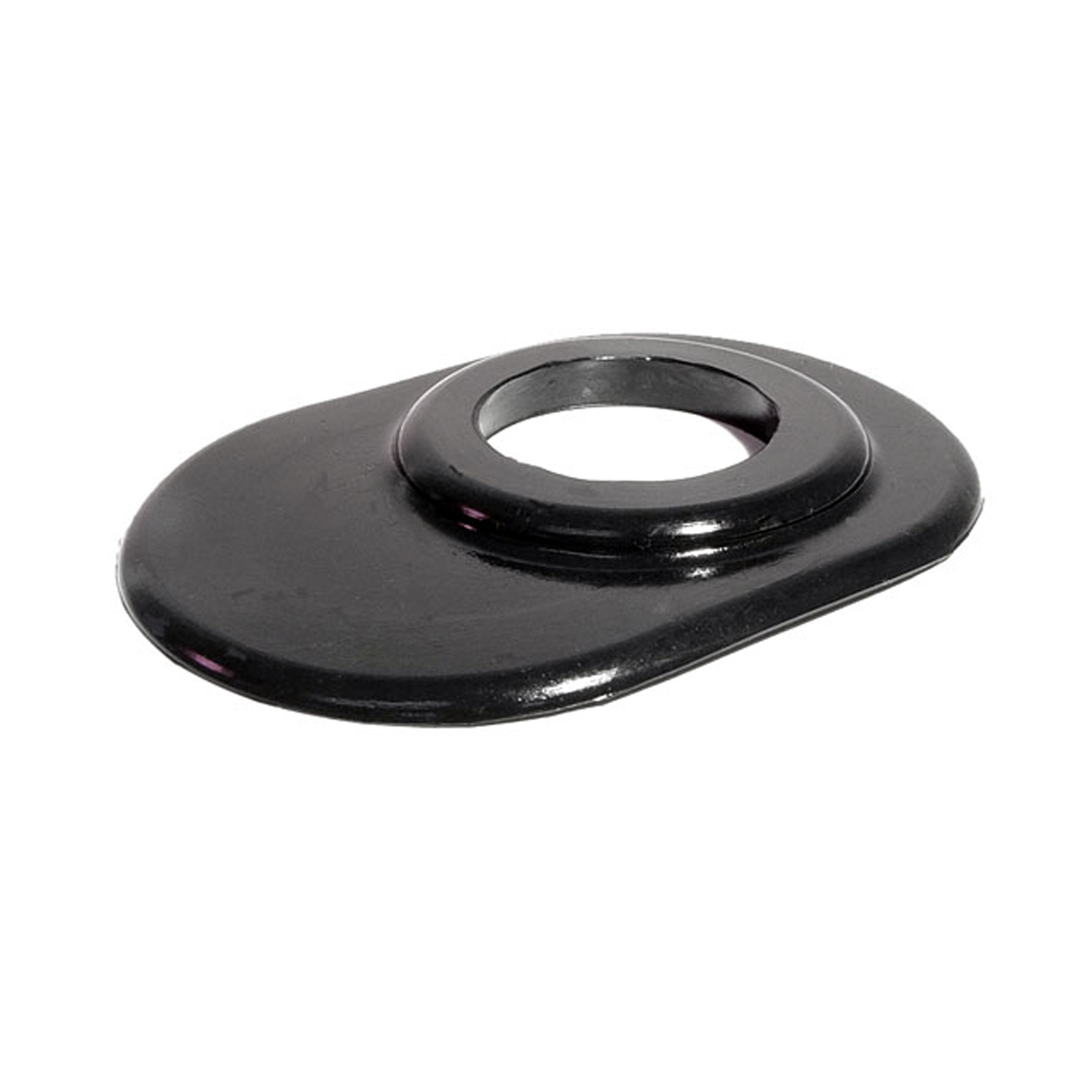 1957 Studebaker Taxi Steering Column Grommet. For 3-speed models. Each-SC 24-ASteering Column Grommet. For 3-speed models. Each
1957 Studebaker Taxi Steering Column Grommet. For 3-speed models. Each-SC 24-ASteering Column Grommet. For 3-speed models. EachWhy Choose Metro?
For over 100 years, Metro Moulded Parts has been the pinnacle of quality in classic car restoration parts. Our commitment to precision and authenticity in every component ensures a perfect fit and an OEM-level appearance.
- Expert Craftsmanship & Quality: Each part is a testament to our dedication to reliability and perfection, crafted from original designs and thoroughly tested.
- Advanced Technology: We use cutting-edge techniques to create flawless, long-lasting parts that surpass others in performance.
- SuperSoft Sponge – The Ultimate Door Seal: Not only are our door seals 30% softer than competitors', but they're also guaranteed to never leak. They effectively reduce wind and road noise, enhancing your classic car's comfort and driving experience.
- Proudly American: Our parts are a product of American craftsmanship, made in the USA with a spirit of excellence and heritage.
- Unrivaled Warranty: We back our products with a 30-year industry-leading warranty, a testament to our confidence in their quality.
Join us in preserving the legacy of classic cars with parts that are crafted for perfection, not just made.

